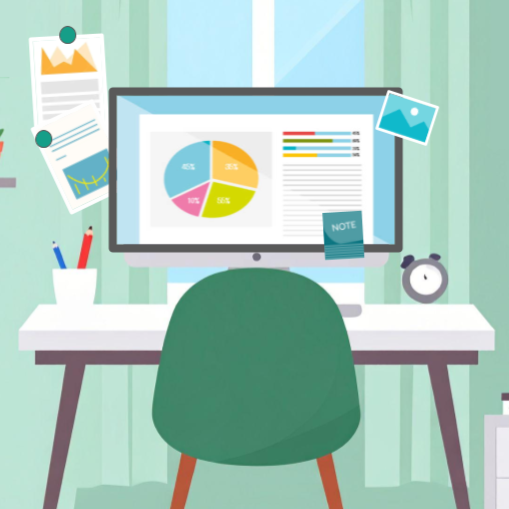ACCESSIBLE FEATURES
A portfolio of inclusive learning materials supporting diverse cognitive, linguistic, and sensory needs. Projects emphasize Universal Design for Learning (UDL), scaffolded supports, and accessible content that fosters equity, flexibility, and autonomy.
INCLUSIVE DESIGN
1. UDL Frameworks:
Content follows Universal Design for Learning to support cognitive, sensory, and language access using visual-first layouts, flexible timing, and scaffolded supports.
2. Access-Based Planning:
Lessons include alt-text visuals, simplified language, tactile elements, and audio narration to support students who are blind, low vision, Deaf/HOH, or have multiple disabilities.
3. Inclusive Technology Integration:
Digital content features contrast-rich visuals, screen reader compatibility, and flexible input formats, built in tools like Storyline, Lectora, Google Slides, and Rise.
LANGUAGE SUPPORT
1. Scaffolded ESL Resources:
Multilingual glossaries, sentence stems, and visual vocabulary templates support concept acquisition for emergent bilinguals and English learners.
2. Visual-First Learning:
Icon-supported materials, labeled diagrams, and infographic-style instructions reduce cognitive load and increase comprehension across language barriers.
3. Culturally Responsive Tasks:
Real-world scenarios, identity-centered prompts, and multilingual presentation options provide inclusive entry points and student voice using tools like Canva, Genially, and Google Docs.
LEARNER DIVERSITY
1. Disability-Inclusive Supports:
Accessible content includes screen reader–compatible slides, tactile maps, and Deaf-friendly reading options designed around IEP and 504 alignment.
2. Gifted Enrichment Paths:
Open-ended challenges, layered inquiry tasks, and data-driven projects support autonomy, critical thinking, and advanced exploration.
3. Choice-Based Differentiation:
Choice boards, tiered tasks, and leveled rubrics promote learner agency and scaffolded independence using tools like Schoology, Pear Deck, and Google Forms.



